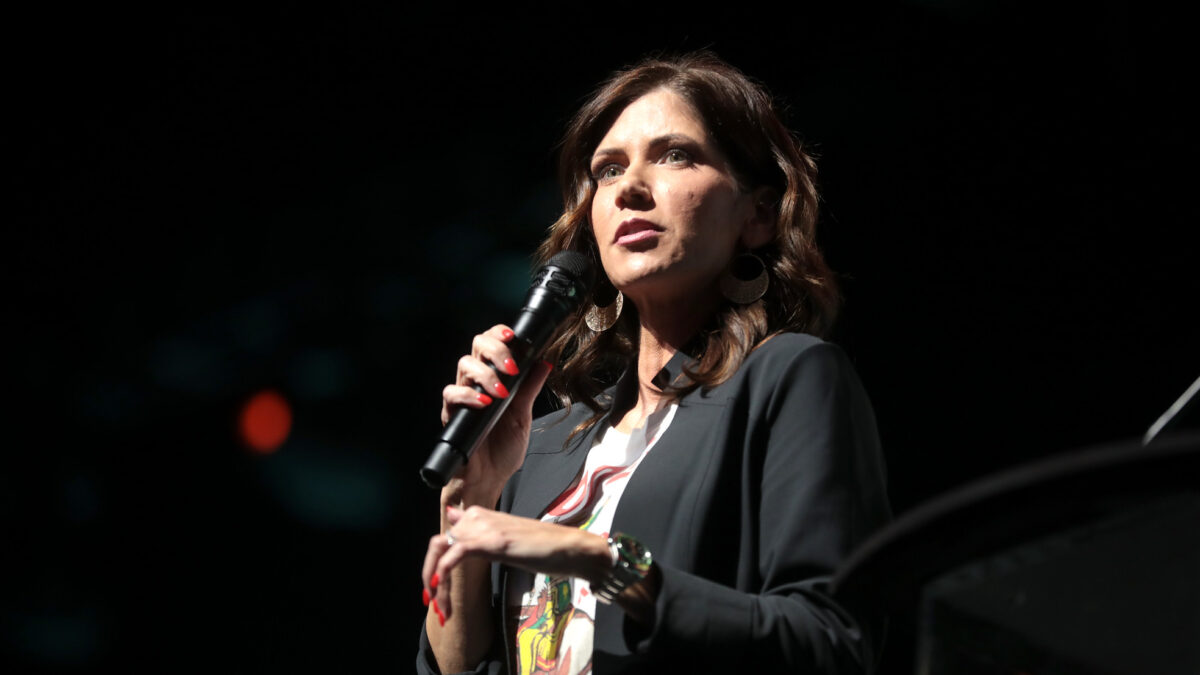
Camp Aranu’tiq, founded in 2009 for trans children by trans man Nick Teich, holds the customary sing-alongs around a camp fire. In its repertory are the lyrics of Lady Gaga’s “Born This Way.” (“I’m beautiful in my way / ‘Cause God makes no mistakes.”)
It is a curious choice for a camp that exists because—in the creedal assertions of the transgender congregation—God does, indeed, make mistakes. He does not scruple to infuse a female psyche into the bodies of innocent boys, and appears progressively bent on blundering in the same capricious way with girls.
But are trans kids born this way—born with an innate mismatch between their chromosomal identity and their sense of themselves? Are they natural beings, their reality suppressed by the binary assumptions (“Male and female he created them”) of an ancient biblical culture that modern science struggles to release us from? Or are they the unconscious product of parental psychopathology in an anarchic culture that applauds the shattering of norms?
In short, do transgender children really exist? Or are they fabulous creatures, like the unicorn, conjured into existence by stage parents—predominately mothers?
A Quick Route to Celebrity
The question answered itself after reading Laurie Frankel’s September essay in the New York Times, “From He to She in First Grade,” followed by her ardent reviews of transgender promotional material in January’s Publisher’s Weekly. Not for nothing did her initial unbosoming appear in the Fashion and Style section of the Times. Transgender is in vogue. It has become the next new thing, an accessory to the prevailing ideology of self-fulfillment.
Transgender is a route to celebrity, a cause for special attention and concern. It carries the privileges due a living symbol of all things beyond the bounds of ordinary life and its drab conventions. It is a mission. In the words of the authors of “The Transgender Child: A Handbook for Families and Professionals”: “It is a very exciting time to be raising gender-variant and transgender children. . . . Congratulations. You are helping to change the world.”
When Frankel’s son turned six, she and her husband gave the boy some clothes from Goodwill for playing dress-up and staging plays. Most of it was second-hand men’s stuffs. But not wanting to inhibit the boy’s creativity, they included a glittering fairy skirt, a green halter dress with sparkles, high heels, and a pink straw hat. Naturally, the boy—left unnamed—was “thrilled.”
What six-year-old does not know the lure of the forbidden? The fun of play-acting is that nothing is taboo as it might be in real life. So the boy put on the proffered halter dress and “in a sense he never really took it off.” As his mother tells it, he never really had to. It takes no skill in reading between the lines to absorb the mother’s enchantment with her son’s performance.
Toxic Tolerance
The child took to wearing the dress around the house. He changed into boy clothes only for running errands or when his parents had people coming over. As soon as guests were gone, he would get back into his dress, asking mom “to tie the halter behind his neck and the sash around his waist.” She complied. The mother acquiesced to each advance in the boy’s transit into fantasy.
While mom played valet to her cross-dressing six-year old, where was dad? Had he no misgivings, no resistance to a young son who “eventually stopped changing out of his dress”? Did no alarms go off? Evidently not: “My husband and I were never of the opinion that girls should not wear pants or climb trees or get dirty, or that boys should not have long hair or play with dolls or like pink, so the dress did not cause us undue alarm or worry.”
What began in play hardened, with parental complicity, into a fetish. The youngster began to live mostly in drag, always in the same green dress. His parents, content with their own open-mindedness, cooperated and encouraged the boy’s role-playing. At no point did it occur to either parent to wonder if—just maybe—their son was seeking to provoke a reaction? That his fixation on the green dress was signaling something about the stray voltage he had been receiving for the six years of his growing life?
Along the way, might the boy have secretly hoped his father would take a stand? Put his foot down, show some grit, counter the toxic tolerances in which mom was clearly invested? It was parental initiative, after all, that put the dress in front of the child. There is no hint that he had ever asked for it.
Where Mom Ends and Boy Begins
Come time to start first grade, the decision of what the boy should wear to school was left to the six-year old himself: “So we asked him, ‘What do you think you’ll do with your dress when school starts in a couple of weeks?’ We said, ‘You need new clothes for the school year. What should we buy?’”
What should we buy? What could be more irresponsible—not to say immoral—than an adult capitulating to the confused will of a six-year old, especially in a matter as profound as this? Since the boy had no skirts or dresses appropriate for school, mother and son went shopping. They came home with a real wardrobe for a girl’s first day at school. With parental help, the six-year-old moved on from the green dress.
Mom gave a heads-up to the first-grade teacher, another supportive-no-matter-what woman. Mom led her son in rehearsing responses to whatever discomforting things his classmates might do or say: “So we brainstormed. We role played. We practiced saying, ‘If girls can wear pants or skirts, so can boys.’ . . . We practiced polite ways of suggesting they mind their own business.”
The looming question remains: where did this little boy’s confusions originate? When did they begin? Reigning dogma insists that they arise spontaneously from the child’s own inner self-knowledge. But as every conscientious parent knows instinctively, they themselves—their responses, fears, denials—are implicated in some way in a child’s troubled behavior. That does not make them causal, but it leaves them as ingredients among others in the mystery of personhood unfolding under their stewardship.
Nothing to See Here but a Girl
Frankel’s chronicle is marked by a serene lack of self-reflection, a total absence of self-scrutiny. Her sole concern is over possible teasing from other kids. If her husband felt any disquiet, it goes unmentioned. Neither parent wonders if they have contributed to the propensity with which they dotingly help their son cope. Nowhere does either adult appear sensitive to any possibility of disorder. They refuse to be disturbed. They will not see trouble or aberrancy. They choose to see only an exceptional child.
Nothing cuts closer to the bone of a marriage, or strikes with greater poignancy, than the sufferings (however disguised) or maladjustments of a child. Nothing—not money, not sex, not career tensions or any other pressure—penetrates a couple’s soul to the same depth. With the transgender train running full throttle in the culture, it is easier to adopt the credo of “gender expression,” to affirm disturbance and cloak it as a sign of something remarkable. Better to bask in the radiance of enlightened parenthood than live with the pain of a disturbed child.
So mom and dad put barrettes in the boy’s hair and took him to school. Two years later, in third grade now, he has become their daughter.









